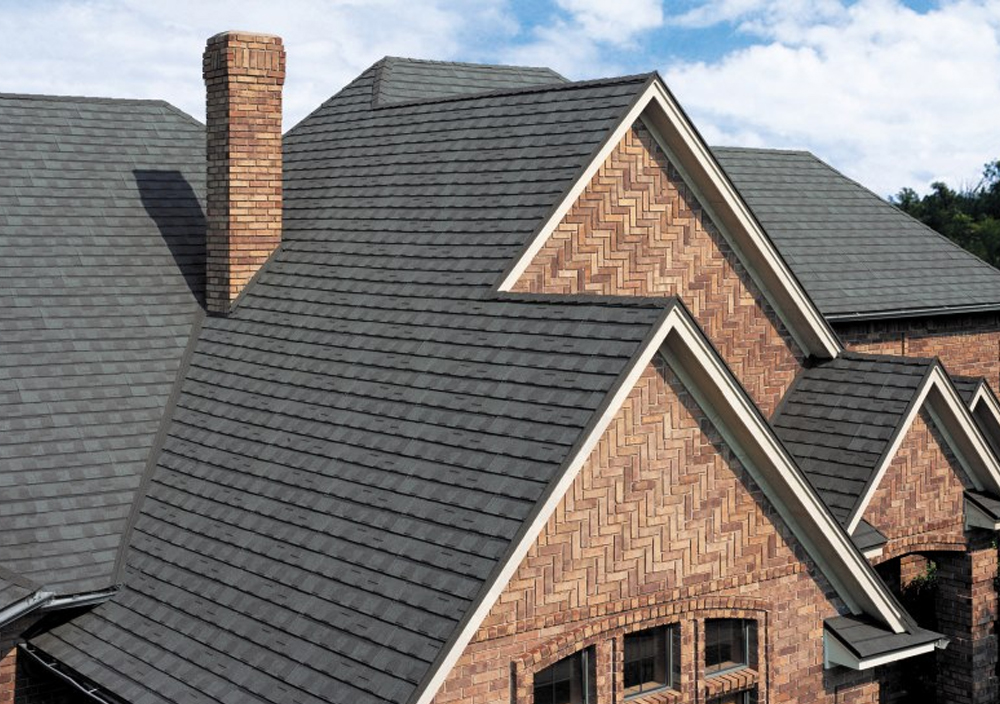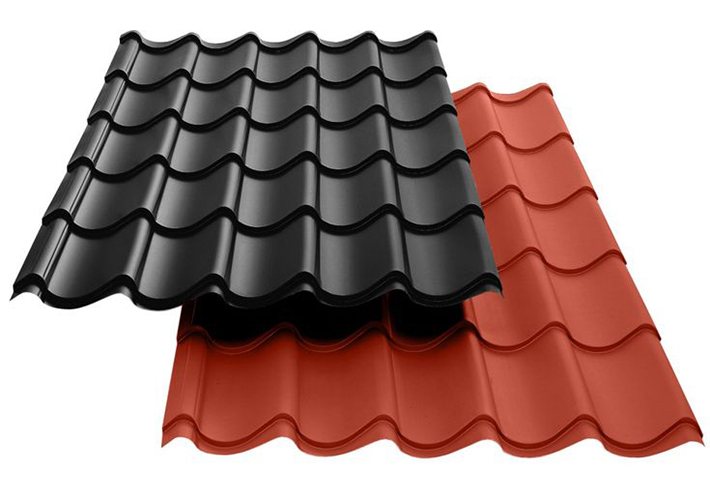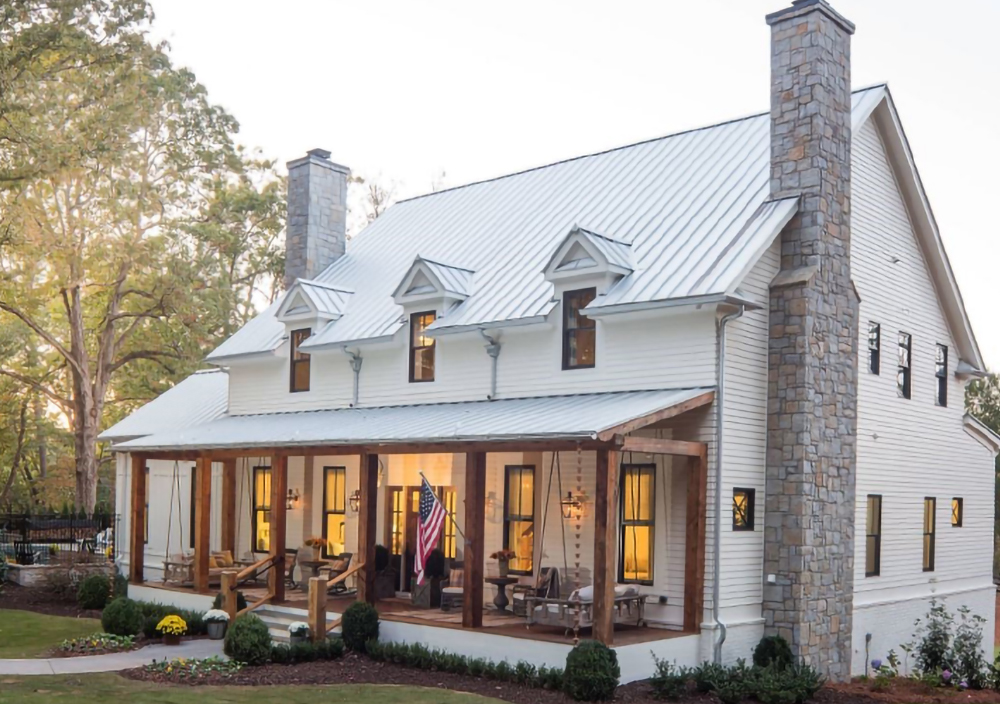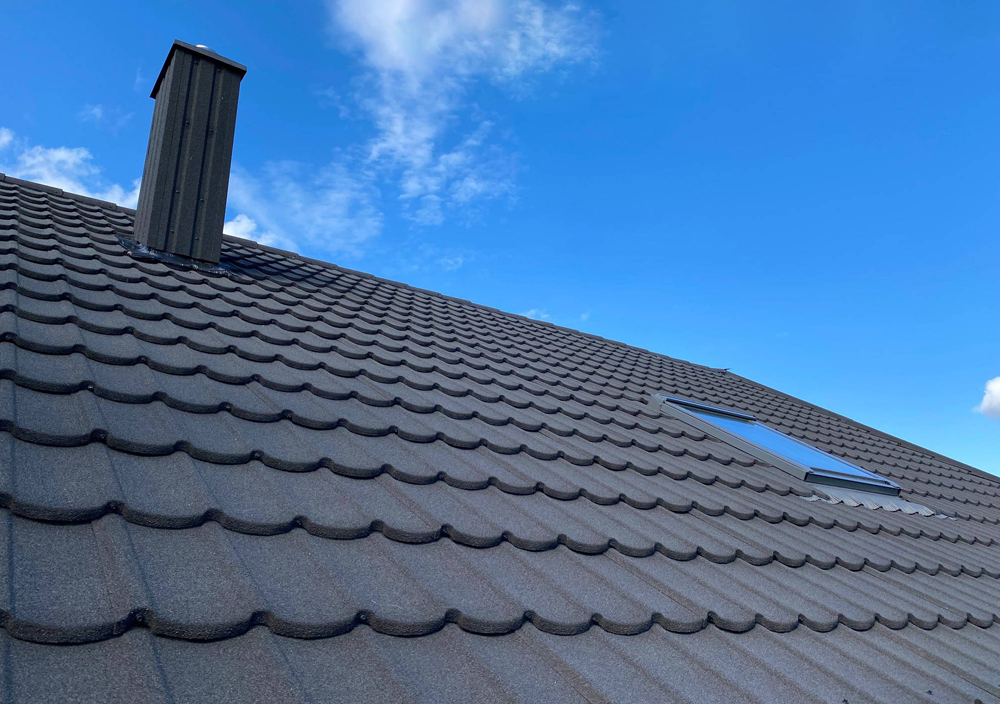Common nails play a crucial role in various aspects of daily life, primarily in construction, woodworking, and general household tasks. Their roles include:

Construction
- Framing: Common nails are essential in framing, where they are used to join studs, plates, and joists, forming the skeleton of buildings. Their strength and durability ensure that the structure can support the loads it encounters.
- Sheathing: Nails are used to attach plywood or OSB (oriented strand board) sheathing to the framing. This sheathing provides a surface for roofing and siding materials and adds structural rigidity.
- Roofing: Common nails help in securing roofing materials such as shingles, underlayment, and roof decking, ensuring that the roof can withstand weather elements.
Woodworking
- Joinery: In woodworking, common nails are used for various joints, such as butt joints, lap joints, and miter joints. They help secure the pieces of wood together while glue sets or as a primary means of attachment.
- Furniture Making: Common nails are used in assembling parts of furniture like tables, chairs, and cabinets. They provide the necessary hold to keep the components together under use.
- Finish Work: In trim and molding work, smaller common nails (finish nails) are used to attach decorative elements securely without splitting the wood.
Home Repairs
- Fastening Loose Boards: Common nails are used to reattach loose floorboards, deck boards, or wall panels, preventing further damage and maintaining safety.
- Picture Hanging: Nails provide an easy and reliable method to hang pictures, artwork, and mirrors on walls. They can support a considerable amount of weight when driven into studs.
- Fixing Furniture: For minor repairs on furniture, such as reattaching legs or securing joints, common nails are a quick and effective solution.
Crafts and DIY Projects
- Small Builds: For DIY projects like birdhouses, garden planters, or bookshelves, common nails provide a straightforward way to assemble materials.
- Creative Arts: In craft projects, nails can be used in creative ways, such as forming the basis for string art or as hooks for hanging items.
- Prototyping: Hobbyists often use common nails in the initial stages of prototyping to quickly put together ideas and test their feasibility.
Outdoor Structures
- Fencing: Common nails are used to construct and repair fences, attaching rails and pickets securely. Galvanized nails are often preferred for their rust resistance.
- Decks and Sheds: In building decks and sheds, nails are used for framing, flooring, and roofing. They ensure that these structures can endure outdoor conditions.
- Garden Structures: For building garden trellises, raised beds, or pergolas, common nails offer a durable and easy-to-use fastening solution.
Temporary Fixtures
- Event Setup: For temporary structures like stages, tents, or booths, nails provide a quick method for assembling and disassembling components.
- Coverings: Nails are used to secure tarps, plastic sheeting, or other protective coverings during construction or renovation projects.
- Temporary Supports: During construction, temporary supports and braces can be nailed into place to hold materials while more permanent solutions are installed.
Types and Variants
- Sizes and Gauges: Common nails come in various sizes and gauges, suitable for different tasks. Larger nails are used for heavy construction, while smaller ones are used for more delicate work.
- Materials: Common nails are available in different materials, including steel, galvanized steel, stainless steel, and aluminum, each offering different levels of strength and corrosion resistance.
- Coatings: Nails may have coatings such as zinc (galvanized) to prevent rust, making them suitable for outdoor use or in high-moisture environments.

Overall, common nails are indispensable in both professional and domestic settings, providing a versatile and reliable means of fastening materials together. Their widespread use across various applications underscores their importance in daily life.





